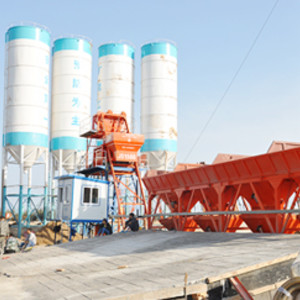Mixer is one of organic chemistry experiment is indispensable instrument, it can make the reaction mixture mixed more evenly, the temperature of the reaction system is more even, thus is advantageous to the chemical reactions in special is a homogeneous reaction.
There are three ways of stirring:
one、 Artificial agitation, usually with the help of a glass rod, can be carried out
two、Magnetic stirring, magnetic stirring is the use of magnetic stirrer
three、Mechanically stirring, mechanical stirring is a mechanical stirrer
Magnetic stirrer with magnetic stirrer is easy to install, so it can be used for continuously stirring especially when the reaction is more or less in the reaction is in an airtight conditions, the use of the magnetic stirrer is more convenient. However, the disadvantage is that the magnetic mixer is not able to be used successfully with some viscous liquid or a large amount of solid, or a large amount of solids, and the mechanical mixer should be used as the stirring power.
The magnetic stirrer USES the rotation of the magnetic field to drive the rotation of the magnet. The magnets are wrapped in a small metal layer of inert materials such as polytetrafluoroethylene (ptfe, etc.), and can also be homemade: put a 10 # iron lead wire into a thin glass tube or a plastic tube, and the ends are sealed. The size of the magneton is about 10mm, 20mm, 30mm long, and longer magneto. The shape of the magneton is cylindrical, elliptical and circular, which can be used according to the scale of the experiment.
Mechanical stirrer mainly consists of three parts: motor, stirring rod and stirring sealing device. The motor is the power part, fixed on the bracket, by the governor adjusting its rotation speed. Stir bar are connected to the motor, when switched on, the motor drives the stir bar turns to stir, stir the sealing device is stirring rod connected to the reactor device, it can make reaction in sealing system. The efficiency of stirring is largely determined by the structure of the stirring rod, according to the size and shape of the reactor, the size of the bottle mouth and the requirements of the reaction conditions, and select the suitable stirring rod.






